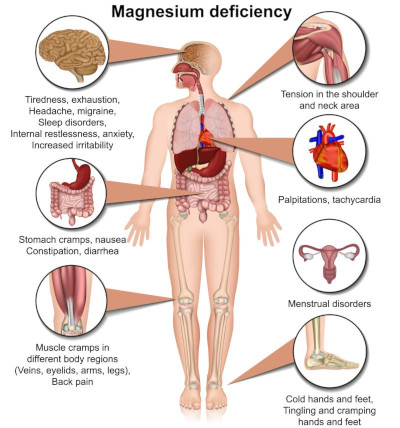Normally I do not reproduce posts by any other authors. But this post was so close to my own understanding and critical for human health that I decided to reproduce it. See some of my earlier posts related to vitamin and minerals:
Hope for Psoriasis (and possibly other skins issues e.g. Vitiligo/Leucoderma, Eczema etc)?
Making Magnesium Oil (Helps with Sleep, Skin, Hair, Heart, Bone, Stress … issues)
Miracle Recovery For A Young Parkinsonism Patient!
Original post link is given below.
Reference – The Essential Synergy Between Magnesium and Vitamin D3 for Optimal Health
Understanding the synergy between magnesium and vitamin D3 (cholecalciferol) is crucial for bone health, overall well-being, and disease prevention. Magnesium is pivotal in converting vitamin D into its active form, calcitriol (1,25-dihydroxyvitamin D [1,25(OH)2D]), vital for calcium absorption in the body. Magnesium is essential for the activity of enzymes involved in the metabolism of vitamin D, serving as a necessary cofactor for the biochemical reactions in the liver and kidneys. This conversion significantly influences bone health and helps prevent osteoporosis and osteopenia.
A deficiency can impair the body’s ability to effectively utilize vitamin D3, resulting in compromised calcium absorption and increased risk of bone demineralization. Additionally, inadequate levels of both nutrients can heighten the risk of vascular calcification, particularly with high dietary or supplementary calcium is consumed without sufficient vitamin K2. Vitamin K2 is essential for activating Matrix Gla Protein (MGP), important for helping prevent the calcification of blood vessels.
Magnesium deficiency is also associated with various cardiovascular conditions, including arrhythmias and is associated with a higher incidence of atrial fibrillation (AF). Also, insufficient magnesium levels may worsen ventricular arrhythmias after a heart attack and render low potassium levels more detrimental to heart rhythm.
Research, including data from NHANES, demonstrates that adequate magnesium intake is linked with a decreased risk of vitamin D deficiency. This highlights the role of magnesium not only in bone health but also in reducing risks associated with low vitamin D levels, including potential cardiovascular complications.
Ensuring sufficient intake of magnesium, vitamin D3, and vitamin K2 (for those at risk of arterial calcification) through diet and, if necessary, supplementation may be required for maintaining overall health and help minimise the risk of chronic conditions.

Some References
1. Sakaguchi Y. The emerging role of magnesium in CKD. Clinical and Experimental Nephrology. 2022 May;26(5):379-84.
2. Deng X, Song Y, et al, Magnesium, vitamin D status and mortality: results from US National Health and Nutrition Examination Survey (NHANES) 2001 to 2006 and NHANES III. BMC medicine. 2013 Dec;11(1):1-4
3. Vermeer C., Vik H. (2020). Effect of Menaquinone-7 (vitamin K2) on vascular elasticity in healthy subjects: results from a one-year study. Vascul Dis Ther, 5.
4. Significance of magnesium in cardiac arrhythmias, Wien Med Wochenschr. 2000;150(15-16):330-4.
5. Thomas C. Crawford, MD, FACC Expert Analysis, Low Serum Magnesium and the Development of AFib in the Community. American College of Cardiology, Mar 27, 2013

